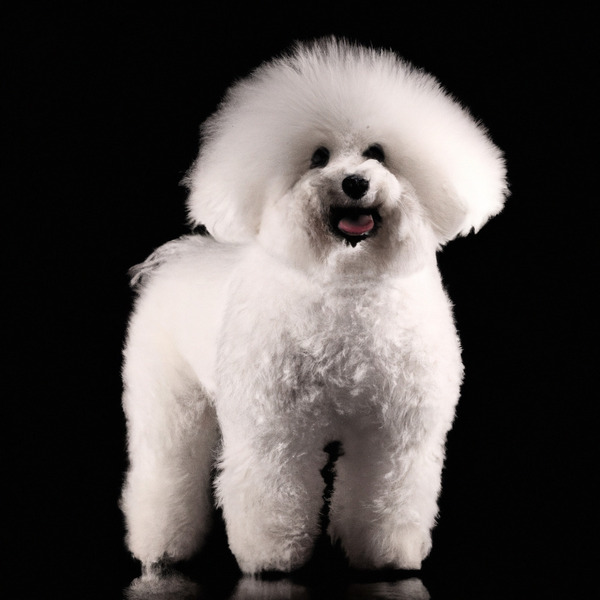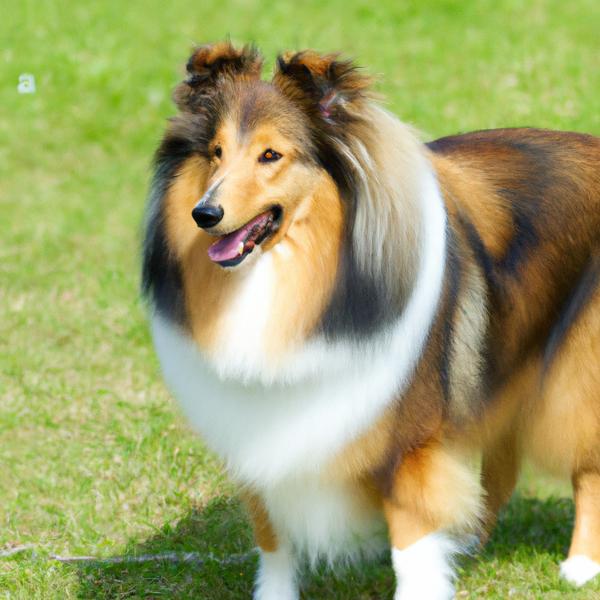Bolognese vs. Cosheltie: Breed Differences and Similarities
Hypoallergenic
Are Bologneses or Coshelties hypoallergenic, or neither?
While no dogs are truly 100% hypoallergenic, Bologneses are about as close as it gets, making them an ideal pet if you are an allergy sufferer.
Unfortunately, the Cosheltie is not hypoallergenic, making it not a good choice for a dog lover who suffers from pet allergies.
Watchdog Ability
Which dog breed makes a better watchdog, the Bolognese or Cosheltie?
Bologneses make excellent watchdogs - they're vocal and protective of their territory.
Coshelties aren't great guard dogs; they tend to just watch without taking action.
Origin
What is the origin of Bolognese and Cosheltie dog breeds?
Italy
United States
Ancestry
What are the origins of Bolognese and Cosheltie breeds?
Bichon Frise, Maltese
Shetland Sheepdog, Collie
Date of Birth
When were Bolognese and Cosheltie breeds first developed?
1200s
2001
Eye Color Possibilites
What are the eye colors of Bolognese and Cosheltie dogs?
Brown
Brown
Nose Color Possibilites
What are the natural nose colors of Bolognese and Cosheltie?
Black
Black
Coat Color Possibilites
What are the natural colors of the coat for Bolognese and Cosheltie breeds?
White
Black
Brown
White
Red
Blue
Pied
Coat Length
What is the typical coat length for Bolognese and Cosheltie breeds?
Bologneses are known for their coat length.
Coshelties have longer coats compared to most dogs.
Coat Density
What is the density of the coat of Bolognese and Cosheltie?
Coat Texture
What is the hair texture of Bolognese and Cosheltie?
Curly
Straight
Litter Size
What is the usual litter size for Bolognese and Cosheltie?
A Bolognese can have a litter of 12-14 puppies on average. However, it's worth noting that the size of the litters can vary greatly. Factors that can influence litter size include the health of the mother, breeding history, and genetics.
A Cosheltie can have a litter of 4-8 puppies on average. However, it's worth noting that the size of the litters can vary greatly. Factors that can influence litter size include the health of the mother, breeding history, and genetics.
Major Concerns
What are the major health concerns for Bolognese and Cosheltie breeds?
Patellar Luxation
Progressive Retinal Atrophy
Cataracts
Hip Dysplasia
Legg-Calve-Perthes Disease
Deafness
Von Willebrand's Disease
Patent Ductus Arteriosus
Collie Eye Anomaly (CEA)
Minor Concerns
What minor health issues should be kept in mind when owning Bolognese and Cosheltie?
Otitis Externa
Allergies
Progressive Retinal Atrophy
Cataracts
Hip Dysplasia
Occasional Tests
What occasional tests are recommended for Bolognese and Cosheltie breeds?
Eye
Hip
X-Rays
Eye Examination
Dental Examination
X-Rays
MRI
CT Scan
Eye Examination
Ultrasound
Urinalysis
Blood Tests
Energy
How do the energy levels of Bologneses and Coshelties compare?
Bolognese and Cosheltie breeds are known for their high energy levels, so if you're looking for a more low-key dog, these breeds may not be the best choice.
Exercise Needed
Bolognese vs Cosheltie exercise need comparison.
Bologneses require significant physical activity and suit those with an active lifestyle.
Coshelties need moderate physical activity and are great for families and active individuals.
Tendency to Bark
Do Bologneses or Coshelties bark more/less frequently?
Bolognese and Coshelties tend to bark moderately, they bark when necessary, such as to alert their owner or to communicate something. They may also bark due to certain triggers like fear, alarm, boredom, greeting, separation anxiety and compulsive barking.
Activity Level
Which breed has higher energy, Bologneses or Coshelties?
Bologneses are medium-energy dogs and typically enjoy socializing and playing casual or even sustained games of chase with other dogs. They may also have occasional periods of barking or racing around the house.
Coshelties are high-energy dogs. They need mental as well as physical exercise. These dogs require a lot of your involvement and without it they can, and will, become problematic dogs.
Walks per Week
How many miles should Bolognese or Cosheltie walk each week?
There's really no limit to how far you walk your dog as long as they're comfortable. For Bolognese, it's at least 7 miles / week. Just remember to build distance and stamina gradually over time.
There's really no limit to how far you walk your dog as long as they're comfortable. For Cosheltie, it's at least 10 miles / week. Just remember to build distance and stamina gradually over time.
Activity per Day
Do Bologneses or Coshelties require more exercise?
In general most Bologneses usually need at least 60 minutes of exercise daily. This can be spread across the day and include all sorts of high-energy activities, like walking, running and playing.
In general most Coshelties usually need at least 90 minutes of exercise daily. This can be spread across the day and include all sorts of high-energy activities, like walking, running and playing.
Grooming
Which breed is easier to maintain in terms of grooming, Bologneses or Coshelties?
The Bolognese is a low-maintenance breed that doesn't require much grooming.
Coshelties have high grooming needs, requiring regular trims and professional grooming assistance to keep their coat healthy.
Brushing Frequency
What is the recommended brushing frequency for Bolognese and Cosheltie dogs?
Ideally, both Bolognese and Cosheltie should be brushed at least 2 or 3 times a week (preferably daily) to improve shedding.
Brushing Tools
What brushing tools are used for Bologneses and Coshelties?
Pin Brush
Comb
Clipper
Nail Clipper
Pin Brush
Slicker Brush
Comb
Nail Clipper
Cups
How much food should be given to Bolognese or Cosheltie in cups?
For an average 5-10 pound (2 - 5 kg) Bolognese feed 1 cups daily. But, keep in mind, the amount you feed is going to be dependent on the quality of the food you are feeding.
For an average 22-30 pound (10 - 14 kg) Cosheltie feed 2.5 cups daily. But, keep in mind, the amount you feed is going to be dependent on the quality of the food you are feeding.
Daily Cost
Which breed has a higher daily cost, Bolognese or Cosheltie?
The average cost of a Bolognese is somewhere $1.10 - $1.40 per day.
The average cost of a Cosheltie is somewhere $2.80 - $3.50 per day.
Monthly Cost
Which breed has a higher monthly cost, Bolognese or Cosheltie?
The average per month expenses of a Bolognese is between $28 - $42. This makes an average of $336 - $504 per year. It will be on the higher side when the dog is still small because it will need more frequent visits to the vet, shots.
The average per month expenses of a Cosheltie is between $84 - $105. This makes an average of $1008 - $1260 per year. It will be on the higher side when the dog is still small because it will need more frequent visits to the vet, shots.
Intelligence
Comparing Intelligence: Bologneses vs Coshelties
The Bolognese and Cosheltie breeds are considered highly intelligent and very easy to train.
Affection Dependance
Which is the more affectionate dog breed: Bolognese vs Cosheltie?
Dog Friendly
Which breed is more sociable with other dogs: Bolognese or Cosheltie?
Bologneses are average in their friendliness towards other dogs, and socialization can help.
Coshelties are friendly and active companions, and can be good family pets, though their friendliness towards other dogs may vary.
Playfulness
Which breed is more playful between Bolognese and Cosheltie?
Bologneses have an average level of playfulness, enjoying playtime like most dogs but not excessively so.
Coshelties are a playful breed that needs daily playtime to be happy.
Trainability
How do the trainability levels of Bologneses and Coshelties compare?
Bologneses are usually easy to train but require consistency to fully obey commands.
Coshelties are popular for their ease of training and quick learning ability.
Compare Bolognese with other breeds
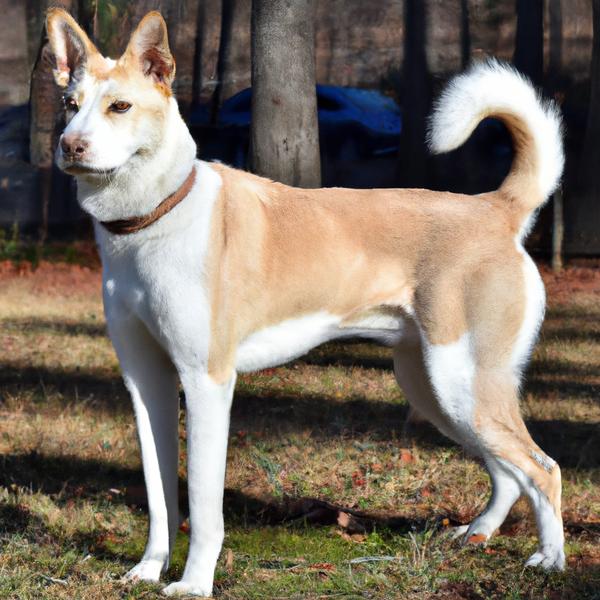
Canaan
Bolognese vs Canaan
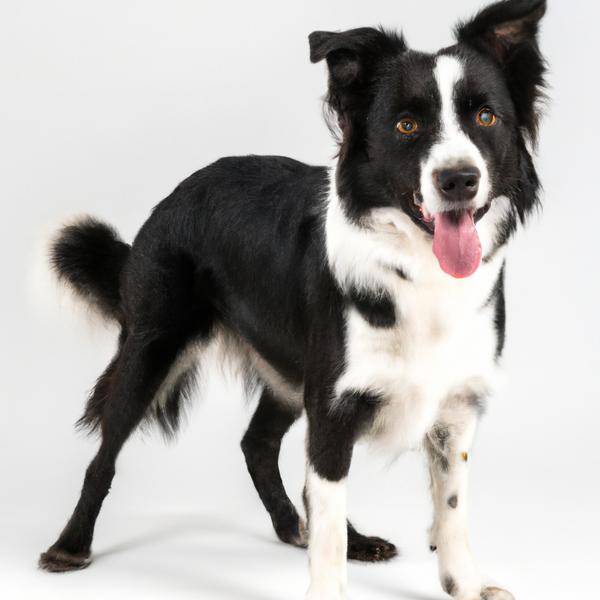
Border Point
Bolognese vs Border Point
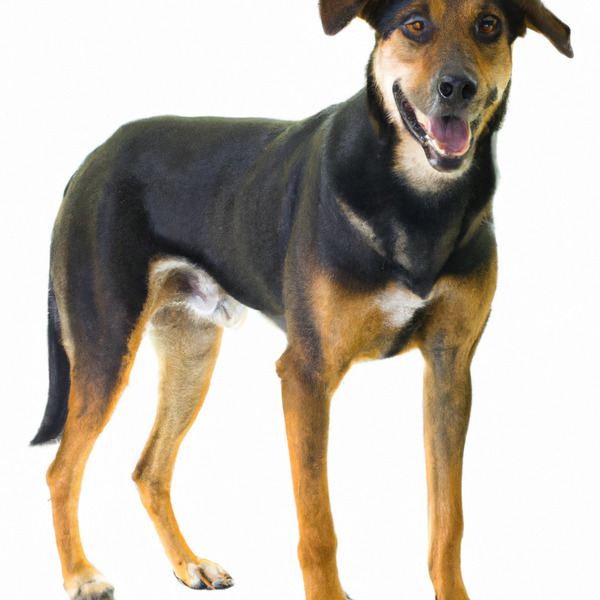
Huntaway
Bolognese vs Huntaway
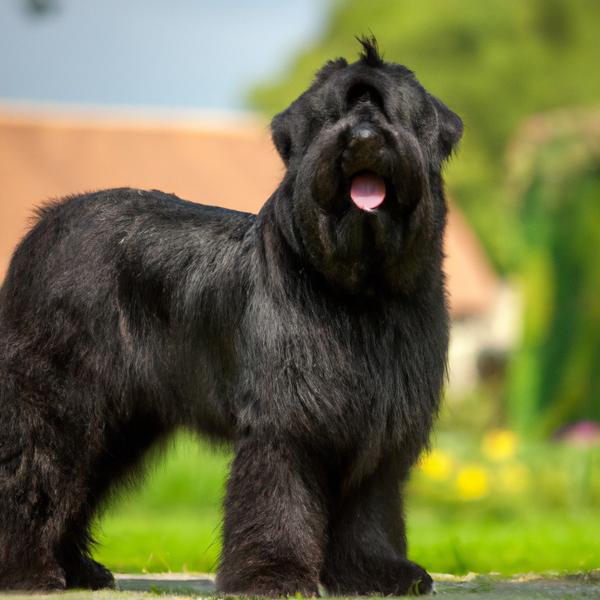
Giant Bolonauzer
Bolognese vs Giant Bolonauzer
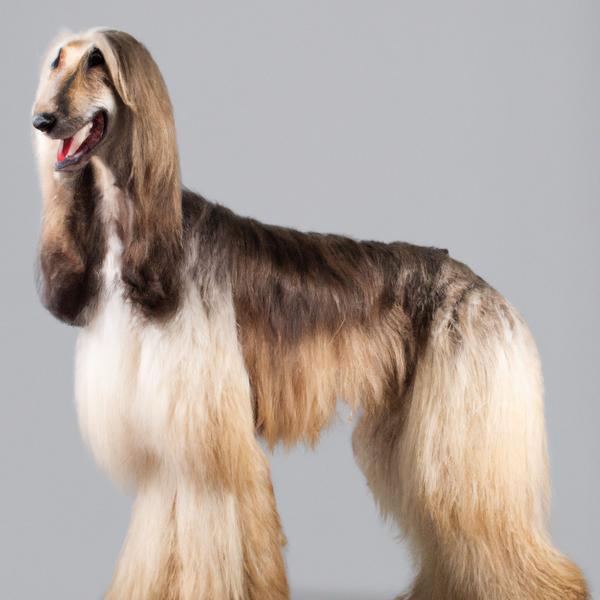
Afghan Hound
Bolognese vs Afghan Hound
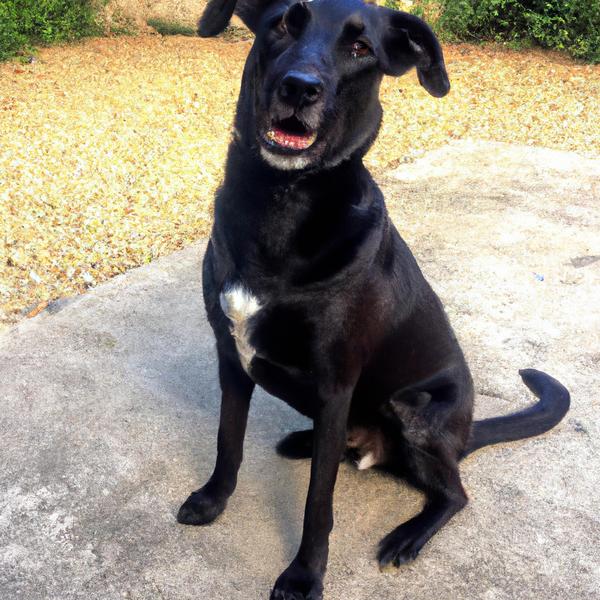
Labollie
Bolognese vs Labollie
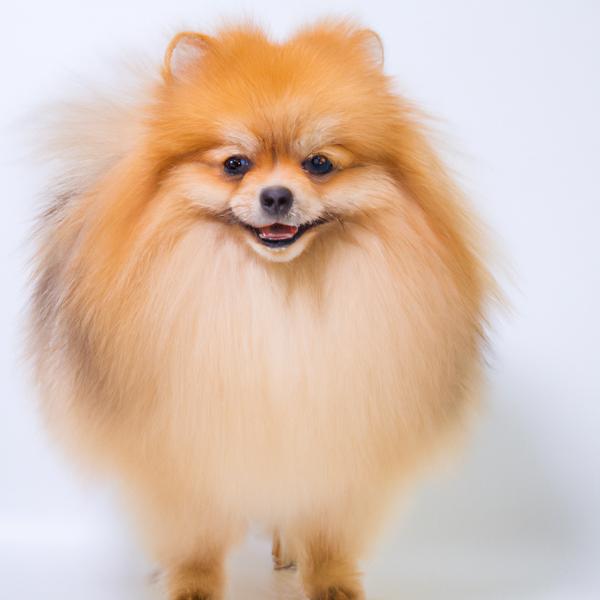
Pom-Kee
Bolognese vs Pom-Kee
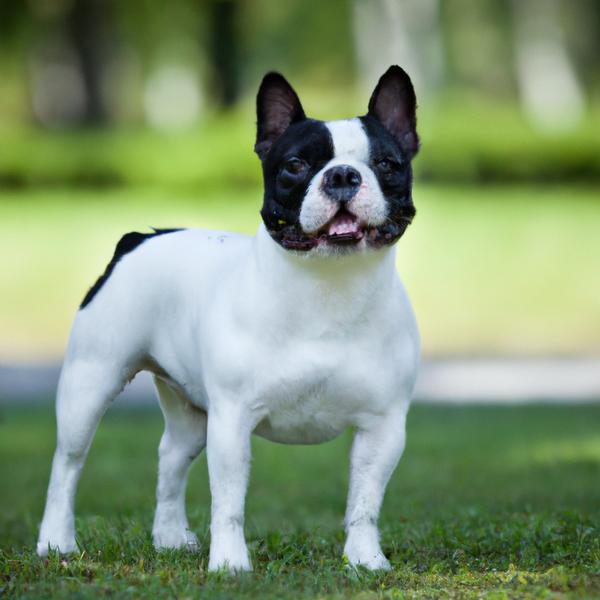
American French Bull Terrier
Bolognese vs American French Bull Terrier
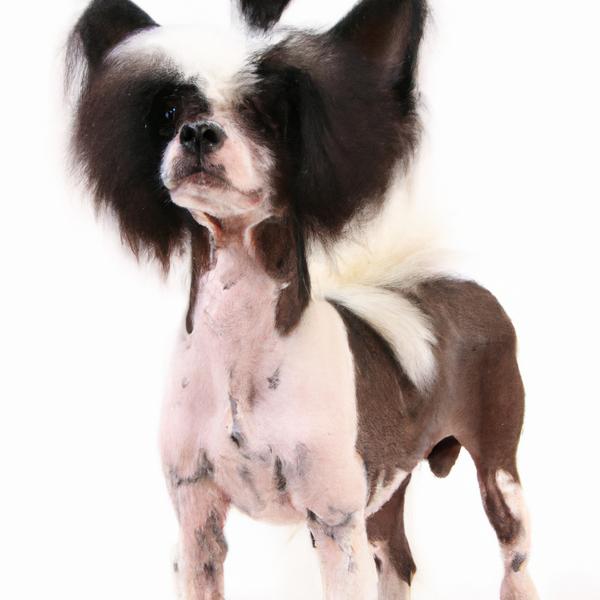
Peruvian Inca Orchid
Bolognese vs Peruvian Inca Orchid
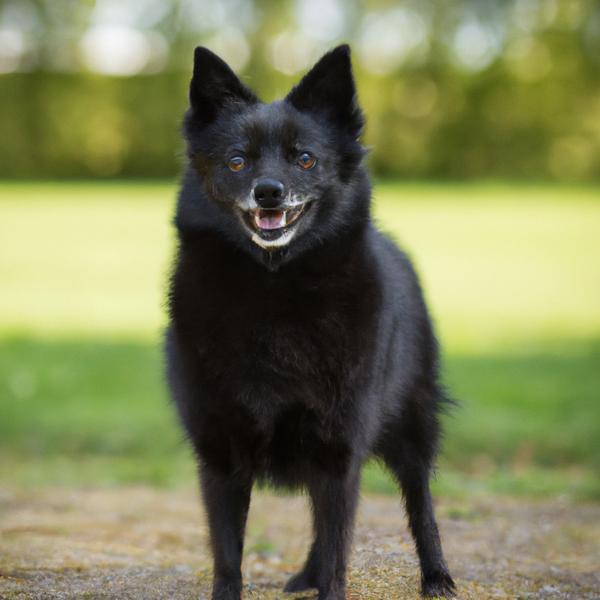
Schipperke
Bolognese vs Schipperke
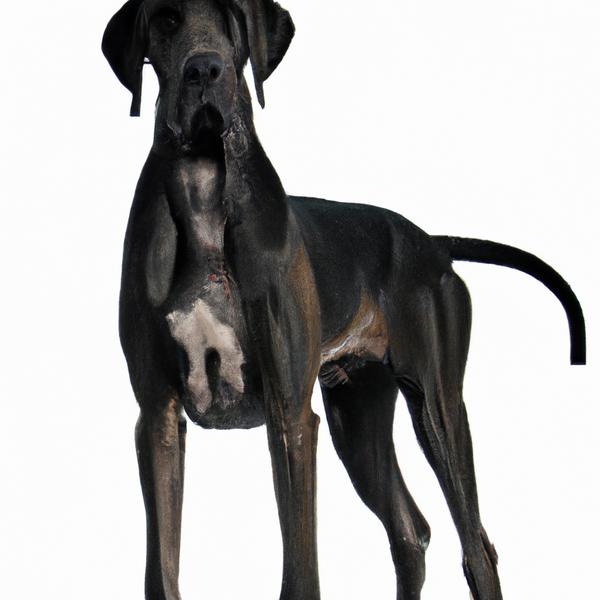
Cortese
Bolognese vs Cortese
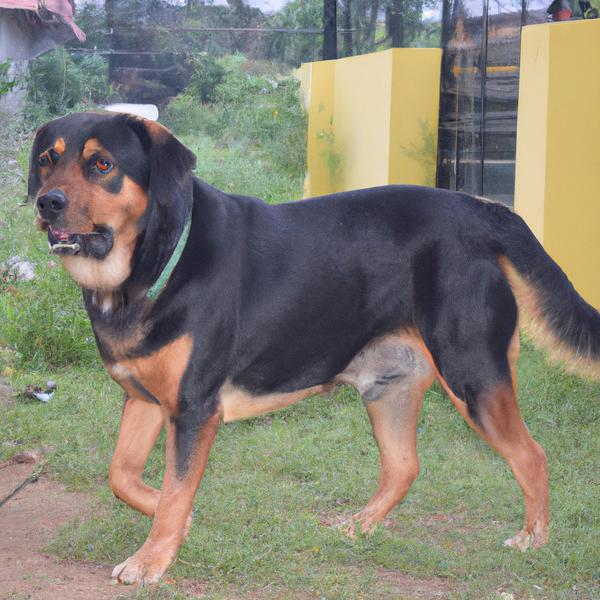
Reagle
Bolognese vs Reagle
